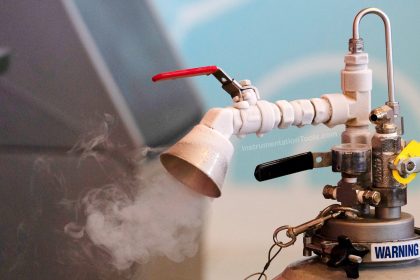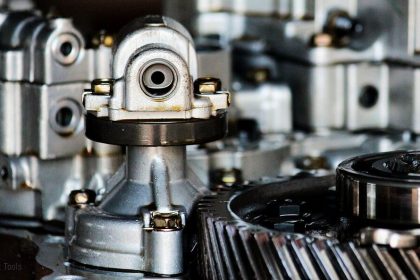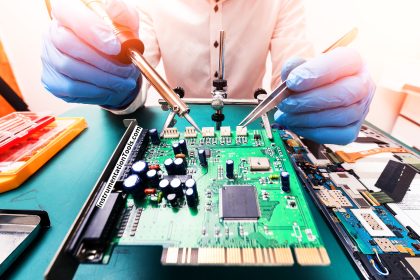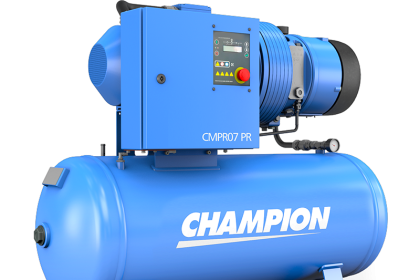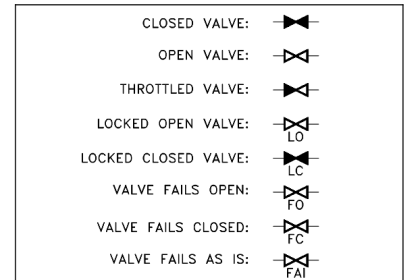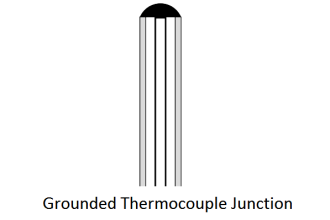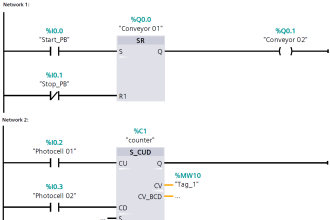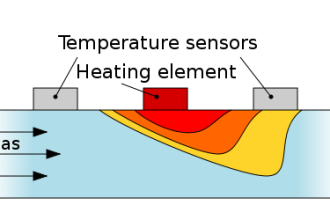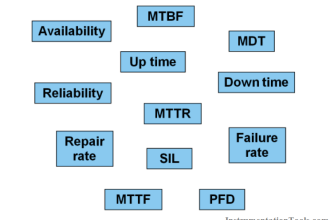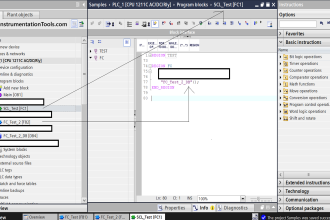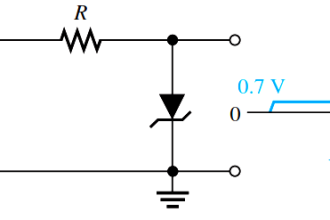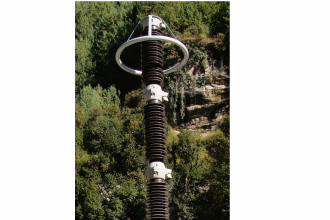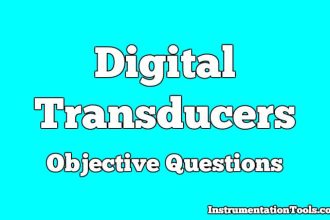A laser sensor is a very important technique used in electronics. As the name implies, it is a sensor that uses laser light or rays for sensing an object. It makes optics and photo electricity into pictures for working. As a transducer, it converts light energy into electrical energy. It is used in many industrial automation applications.
In this post, we will the concept of a laser sensor.
What is a Laser Sensor?
A laser is a focused beam of light. So, this sensor emits laser light in a small bright dot form. This beam is very fine and provides a great level of accuracy. Laser light is emitted from the sensor to the object which is to be sensed.
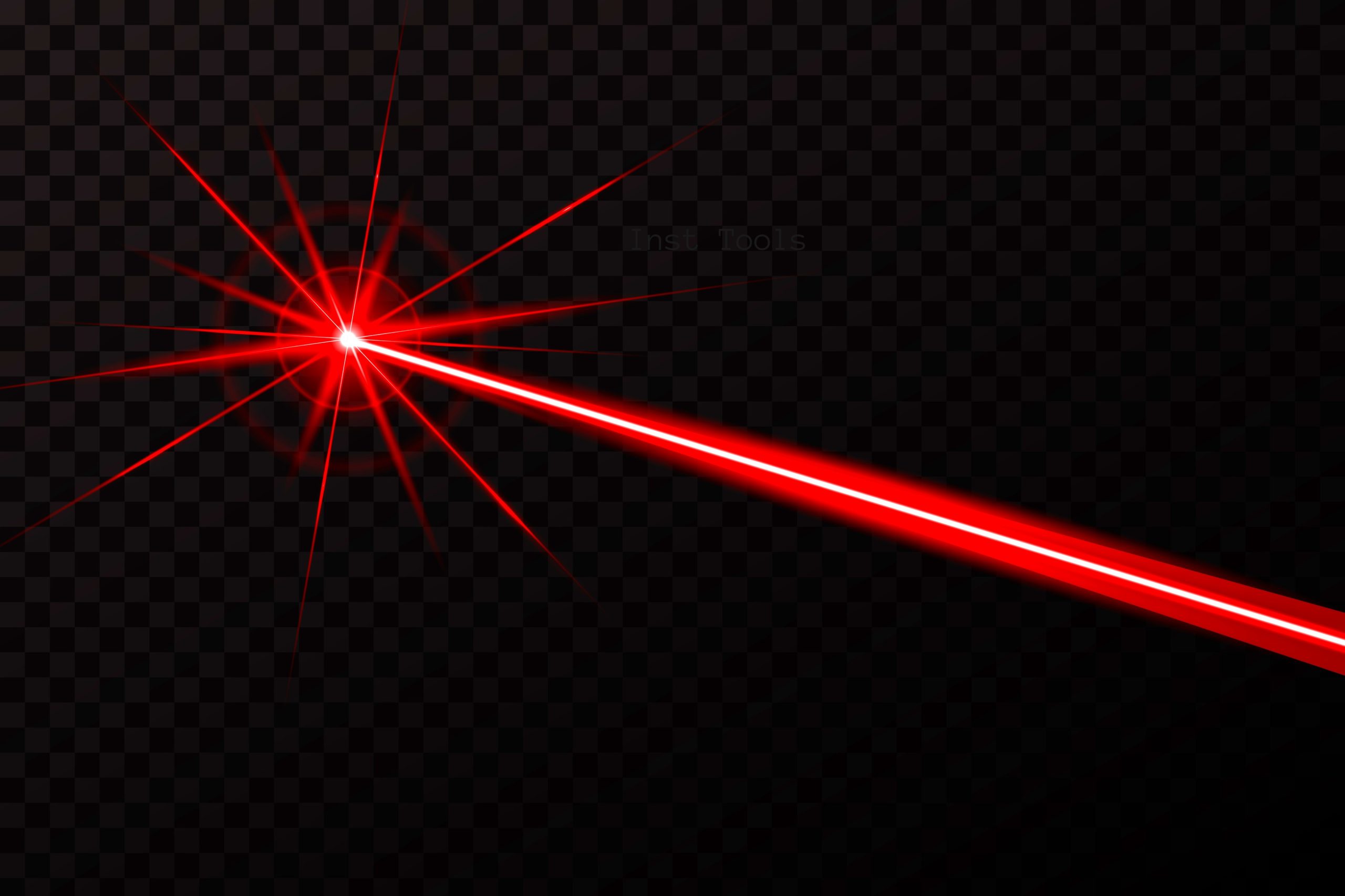
Light is reflected from the object back to the sensor. The sensor has an internal digital circuit that uses signal processing, to study light behavior.
That means, it calculates the time taken for the light to emit and then reflect back to the receiver. And as the laser light emission speed is fixed, it calculates the distance of the object from the sensor; based on speed and time.
The sensor then generates an electrical output corresponding to the distance sensed. This output can be digital or analog and can be further used as signal input for controllers or PLC. Thus, the laser sensor converts light energy into electrical energy.
Advantages of Laser
The following are the advantages of laser sensors.
- It has a very high direction of the beam and a small divergence angle of light speed.
- It has high levels of brightness.
- The frequency width of the laser is 10 times smaller than ordinary light.
- Precise measurement of length and is 1000 times purer than even the best monochromatic light source (krypton).
- Its range can extend up to several kilometers.
- It can be used for a wide variety of applications; ranging from measuring length to thickness and even the angle, length, eccentricity of inner and outer diameter, concentricity, and surface profile of a cylindrical shaped object.
- You can get digital (NPN or PNP output contact) as well as analog (0-10 V DC or 4-20 mA) electrical output.
- They work well in dusty conditions. The bright light of the laser sensor is not affected by other light sources. So, they can also be used even in direct sunlight.
Types of Laser Sensor
There are two types of laser sensors available. They are
- Laser Displacement sensor
- Laser Distance sensor
Applications of Laser Sensor
The following are the applications of laser sensors.
- Over-limit recognition of vehicle width and height
- Measuring wire diameter
- Measuring the distance between 2 sheets
- Tiny hole detection
- Power tool control
- Align the railway track
- Measuring the brake rotor thickness
- Welding Head position
- Expressway toll station for counting vehicles
- Measuring the height of stacked goods
In this way, we saw the concept and working of the laser sensor.
